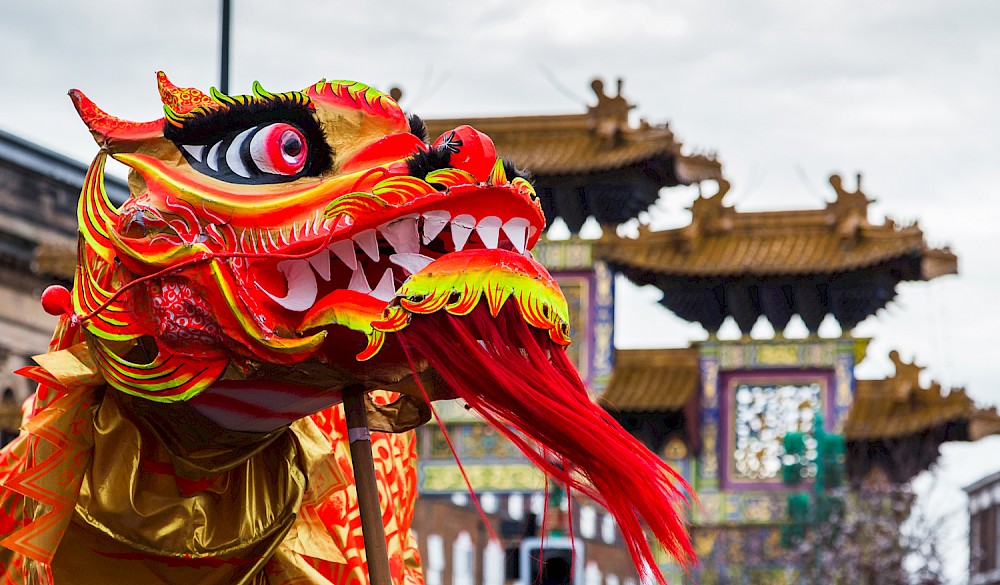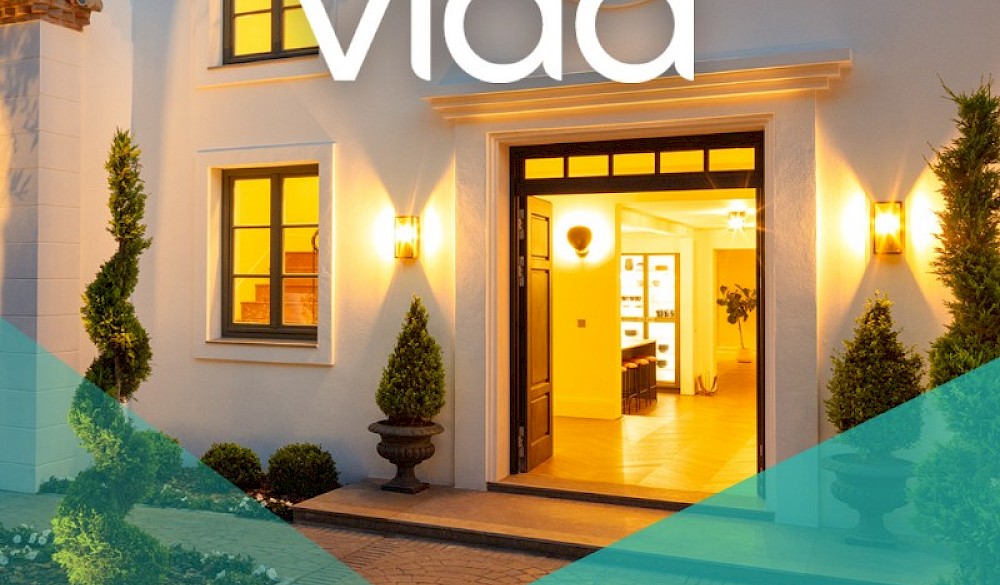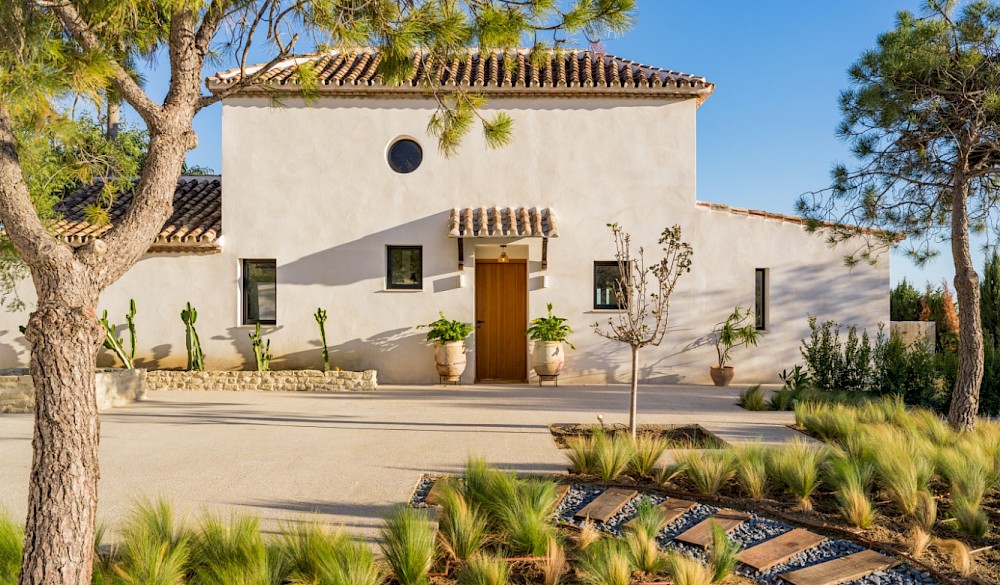Destroyed by fire in only its second ski season, the hotel has risen from the ashes to reopen
Shortly before 10am on January 22 2014, something ignited in one of the chimneys of El Lodge, the smartest hotel in Pradollano, a small ski resort 2,300 metres up in the heart of Spain’s Sierra Nevada National Park. It was a Wednesday, and the hotel, only just into its second season of operation, was not full, so the 32 guests and 20 staff were evacuated without a hitch. But such are the mountain roads at that time of year that the fire engines took more than two hours to arrive from Granada, about 40km away, by which time the building was all but destroyed.
“When we first got the call to say it was ablaze, it was just in the roof, and we’d hoped it could be contained, but it continued to burn,” remembers Daniel Shamoon, the British founder of MC Hotels, a small but growing portfolio of properties including El Lodge and others in Estonia, Latvia and Bora Bora. “We’d put a huge amount into it — emotionally and financially — so there was no doubt in our minds that we’d rebuild.”
Shamoon was determined that rather than simply rebuild the hotel, they would improve it, lightening the interior and making more of the views. “In a way, this gave us an opportunity to make it even better,” he says. Almost two years after the blaze, it reopened this week.
El Lodge was originally built speculatively in the mid-1970s, in the hope that Juan Carlos, then Spain’s new king, might make use of it — and that his patronage would bring fame and riches to the young resort. As a ski area, it has a compelling case: 107km of pistes that start at 2,100m (the altitude of the highest lifts at some Alpine resorts) and rise to 3,300m on the flanks of Pico Veleta, from which the Mediterranean is visible on a clear day. When I was there late last month, there was also a battery of snow cannons doing their damnedest to whiten the craggy landscape.
But the king disdained it, and the building became a regular hotel then latterly an apartment block. There were, however, other aristocrats in the vicinity busy making the most of the region’s attractions. Among them was Alfonso von Hohenlohe-Langenburg (a playboy prince and godson of Juan Carlos’s grandfather, Alfonso XIII), who had, in 1947, paid 150,000 pesetas (about $13,700 at the then-exchange rate) for 18 hectares of prime beachfront real estate in the lee of a mountain that seems to bestow a kind of benevolent microclimate near the pretty Andalusian town of Marbella. Within the decade, he had founded the Marbella Club, now the flagship of MC Hotels and arguably the hotel and community of villas that, for better or worse, kick-started the creation of the Costa del Sol.
For all the rampant development that followed (let’s just call nearby Puerto Banus an acquired taste), the Marbella Club remains a little enclave of luxuriant subtropical verdure dotted with terracotta-roofed bungalows in what Californians would call the “Spanish style”. It may not now be quite the jet-set destination it became in the ensuing decades, when assorted film stars from Gary Cooper to Audrey Hepburn, who had a house here, along with the US novelist Harold Robbins, photographer Slim Aarons and party industrialist Gunter Sachs, accompanied by his then wife Brigitte Bardot, would gather at its beach club. But it still attracts the likes of Lady Gaga, who took over its palatial Villa del Mar last summer. More than that, it retains a certain old-school glamour and a palpable charm.
Alfonso liked to ski, as does his son, Prince Hubertus, whose eccentrically decorated casa at the Marbella Club can be rented by the night and who has competed in six Winter Olympics, twice as the sole member of the Mexican team, most recently at Sochi last year, when he was 55. Both father and son dreamt of a life in which one could swim in the sea before breakfast and be on the slopes by noon — technically possible on a warm spring day, though it’s a good 150-minute drive from Marbella to Pradollano. The more practical option was to establish a hotel in the mountains — Prince Alfonso first mooted the idea of a Marbella Club Alpino in the 1970s but the ambition was only finally realised in 2012 by Shamoon. “I’d fallen in love with the property years ago and had been trying to buy it for the best part of a decade before we managed to,” says Shamoon, whose father David had led a consortium of investors who bought Marbella Club in 1990.
The original Lodge resembled a traditional Alpine one, and so does the new building. The difference is that the old structure was entirely timber; its replacement is a concrete construction clad in exquisitely joined rustic pine and chequerboard squares of rough-hewn granite. The result is rather beautiful, as are its interiors, the work of the London design practice Andrew Martin, which has amassed an array of vintage wooden skis and sledges with which to decorate the public rooms. Every available surface is strewn with or upholstered in cowhide, and the lighting comes from chandeliers fashioned from antlers and sconces contrived from what might be the horns of local goats, except that they were made in the Philippines. There are other witty nods to the locality in the vintage cable-car cabinadisplayed on the main stairwell; and in the black-painted Mudéjar-style coffered ceiling of the principal lounge and games room, a subtle reminder that Granada’s Alhambra is less than an hour’s drive away.
In the basement there’s a small children’s club, its walls lined with split silver-birch trunks to evoke a fairy-tale forest, even if the rest of the room is dominated by the presence of three gigantic TV screens hung alongside one another. Across the corridor there’s a spa, a gym and a small, warmly heated pool, though a larger 12-metre outdoor one steams like a giant cauldron to the rear of the main terrace. And of course there’s a ski room, from which you walk out, past the sun deck — a superbly placed terrace that reminded me of the one at the Little Nell in Aspen — and straight on to the pistes.
If the Lodge’s public areas are spacious and open-plan, kept cosy with swaths of woollen curtaining and felt-lined walls, the 20 bedrooms and suites are understated. Ranging from a compact 20 sq metres to five times that, they have pitch-pine walls, heated floors and immaculate white bathrooms. Full marks, too, for the USB ports at every bedside so that you can charge appliances without need for a plug, much less an adapter. The orange livery of the generous supply of gorgeous Natura Bissé products in the bathrooms aside, the only obvious colour comes from the framed reproductions of vintage travel posters for Alpine ski resorts, which struck me as both clichéd and a risk, lest guests begin to question their choice of destination.
For though there is a lot to like about El Lodge, pre-season Pradollano seemed short of obvious allure and good places to eat. Still, I have high hopes of the Grill, a similar operation to the Marbella Club’s fabled dining room of the same name but with extra cheese, so to speak. The original is already justly famed for its airy Parmesan and Emmental soufflé. Here there will also be fondue and raclette, not to mention delicacies such as Riofrio caviar, which comes from sturgeon and salmon farmed in waters fed by the snows of the Sierra Nevada. All that’s missing is a roaring log fire. Instead there are contemporary gas jets: less atmospheric but, under the circumstances, probably the right decision.
Ref: FT






